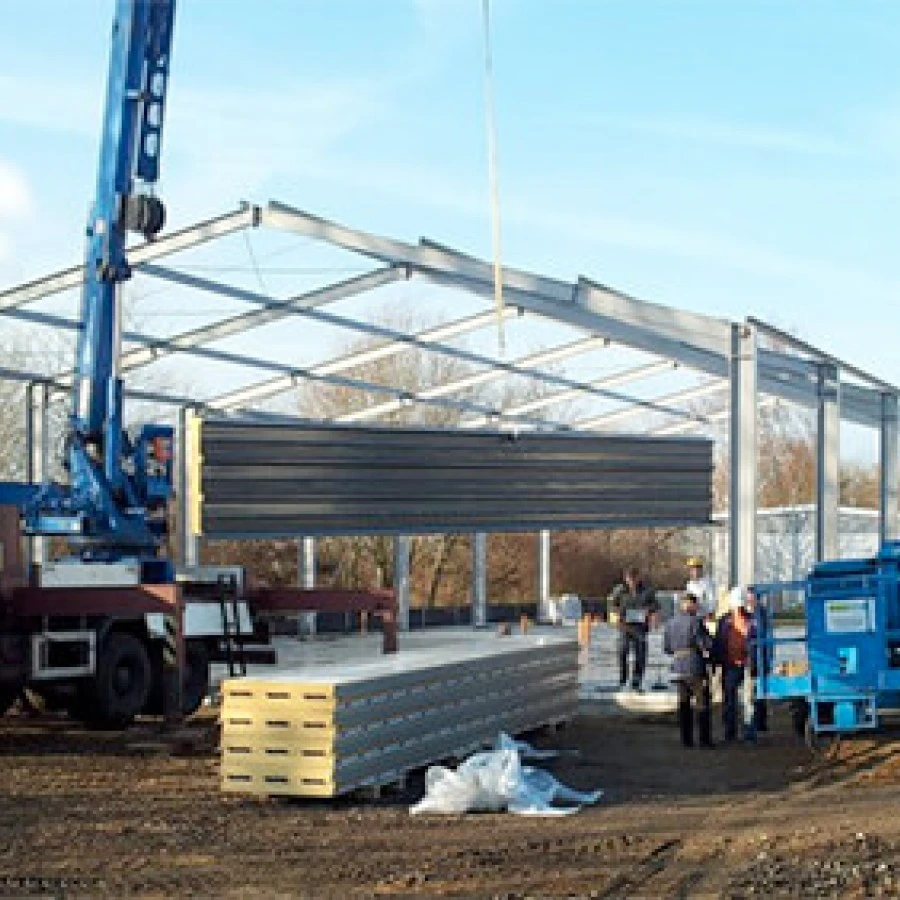- Afrikaans
- Albanian
- Amharic
- Arabic
- Armenian
- Azerbaijani
- Basque
- Belarusian
- Bengali
- Bosnian
- Bulgarian
- Catalan
- Cebuano
- Corsican
- Croatian
- Czech
- Danish
- Dutch
- English
- Esperanto
- Estonian
- Finnish
- French
- Frisian
- Galician
- Georgian
- German
- Greek
- Gujarati
- Haitian Creole
- hausa
- hawaiian
- Hebrew
- Hindi
- Miao
- Hungarian
- Icelandic
- igbo
- Indonesian
- irish
- Italian
- Japanese
- Javanese
- Kannada
- kazakh
- Khmer
- Rwandese
- Korean
- Kurdish
- Kyrgyz
- Lao
- Latin
- Latvian
- Lithuanian
- Luxembourgish
- Macedonian
- Malgashi
- Malay
- Malayalam
- Maltese
- Maori
- Marathi
- Mongolian
- Myanmar
- Nepali
- Norwegian
- Norwegian
- Occitan
- Pashto
- Persian
- Polish
- Portuguese
- Punjabi
- Romanian
- Russian
- Samoan
- Scottish Gaelic
- Serbian
- Sesotho
- Shona
- Sindhi
- Sinhala
- Slovak
- Slovenian
- Somali
- Spanish
- Sundanese
- Swahili
- Swedish
- Tagalog
- Tajik
- Tamil
- Tatar
- Telugu
- Thai
- Turkish
- Turkmen
- Ukrainian
- Urdu
- Uighur
- Uzbek
- Vietnamese
- Welsh
- Bantu
- Yiddish
- Yoruba
- Zulu
Sep . 25, 2024 18:02 Back to list
Foundation Design for Steel Columns
The foundation design for steel columns is a critical aspect of structural engineering, ensuring the stability and safety of buildings and other structures. Steel columns are integral components of many structural systems, providing vertical support and assisting with load distribution. Proper foundation design is essential for accommodating the loads from columns and transferring them safely to the ground.
Understanding Steel Columns
Steel columns are typically high-strength components made from various steel grades, often manufactured to meet specific load requirements. Their strength-to-weight ratio makes them a popular choice in modern construction, particularly in high-rise buildings, bridges, and industrial facilities. However, the performance of these columns is highly dependent on the foundations they rest upon.
Key Considerations for Foundation Design
1. Load Calculation The first step in foundation design is to determine the loads acting on the steel columns, including dead loads (permanent fixtures like floors and roof structures), live loads (occupant loads, furnishings), and environmental loads (wind, seismic). Accurate load calculations are essential to ensure that the foundation can support the columns adequately.
2. Soil Investigation A thorough geotechnical investigation is crucial to understand the soil properties at the construction site. Factors such as soil type, bearing capacity, moisture content, and settlement characteristics play a pivotal role in determining the foundation type. The soil's ability to support the loads without excessive settlement or failure must be evaluated.
foundation design for steel column

3. Foundation Type There are several types of foundations that can be used for steel columns, each suited for different soil conditions and load requirements
- Isolated Footings Suitable for individual columns, these are typically used when there is sufficient soil bearing capacity and adequate spacing between columns. - Combined Footings Used when columns are closely spaced or when they carry heavy loads, combined footings distribute the load between two or more columns. - Mat Foundations Also known as raft foundations, these are used for large structures with multiple columns, spreading the loads over a large area to minimize settlement. - Piled Foundations Used in conditions with poor soil bearing capacity, piles are driven deep into the ground to reach strong layers. They transmit the loads from the columns down to these layers.
4. Load Transfer Mechanism Understanding how loads are transferred from the columns through the foundation and into the soil is fundamental. Steel columns generally transfer vertical loads through axial stresses, while lateral stability is achieved through horizontal bracing or shear walls. The foundation must adequately resist these lateral forces, especially in areas prone to earthquakes or strong winds.
5. Settlement Control Differential settlement can lead to structural issues, causing misalignment and cracking. Designers must ensure uniform load distribution and consider soil consolidation over time, which could affect column alignment.
6. Construction Considerations During the construction phase, it is essential to adhere to design specifications and quality standards. The execution of the foundation should accommodate the placement of the steel columns accurately, and appropriate measures must be taken to protect the foundation from water intrusion, which can adversely affect soil properties.
Conclusion
The foundation design for steel columns is a complex but essential aspect of structural engineering. By carefully considering load calculations, soil properties, and foundation types, engineers can ensure that structures remain stable, safe, and functional over their intended lifespan. A well-designed foundation will not only support the loads imposed by the columns but also mitigate issues related to settlement and lateral forces. Ultimately, the effectiveness and safety of a structure depend significantly on the integrity of its foundation system. Proper planning, design, and execution of the foundation for steel columns are key to the success of any construction project.
-
Navigating the World of Steel Building Services: Who to Choose?
NewsJun.23,2025
-
How Do Steel Frame and Prefab Building Factories Shape Modern Construction?
NewsJun.23,2025
-
How Do Steel and Metal Structures Shape Modern Industrial Spaces?
NewsJun.23,2025
-
How Do Prefab Buildings of Various Sizes Meet Modern Construction Needs?
NewsJun.23,2025
-
How Do Factory Buildings and Metal Structures Redefine Industrial Infrastructure?
NewsJun.23,2025
-
Exploring Key Aspects of Industrial Building Development: What You Need to Know?
NewsJun.23,2025
Products categories
Our Latest News
We have a professional design team and an excellent production and construction team.












